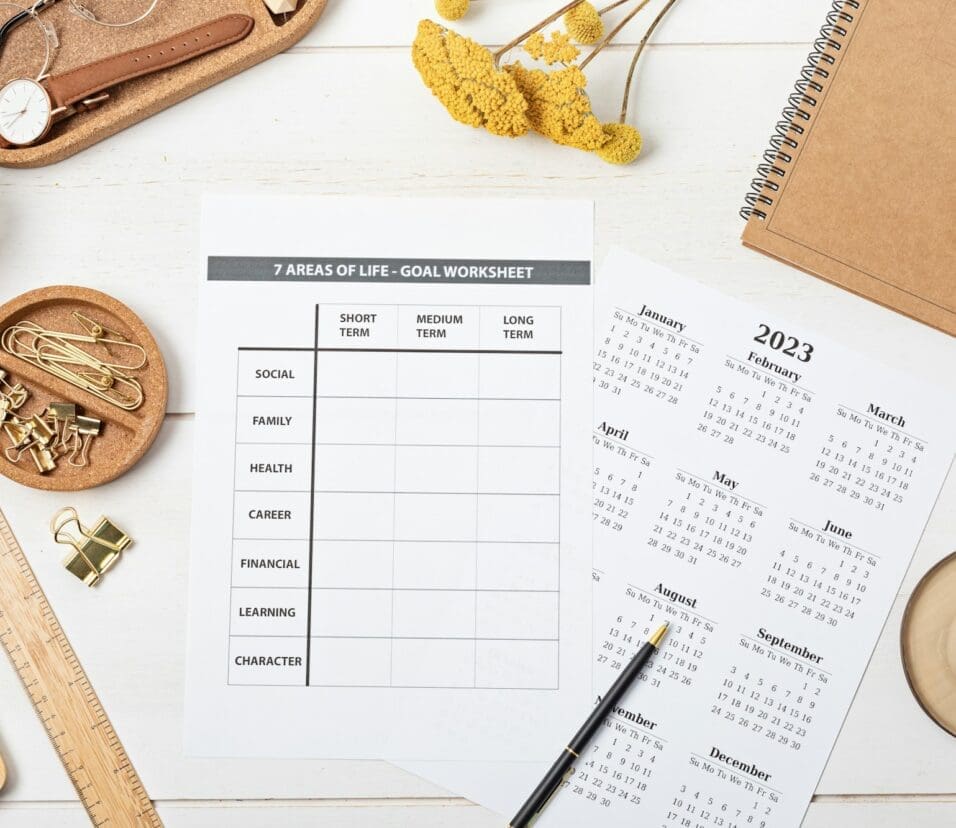5 Tips for Your Rainy Day Fund (Part 3)
How to Have Money if Things Go Wrong
Welcome to the concluding part of our series on building financial security for unforeseen circumstances. In Part 2, we explored the various options for securing your emergency funds and highlighted the agencies that can provide assistance. Now, in our final instalment, we are thrilled to share with you the highly anticipated 5 tips for your rainy day fund. Get ready to equip yourself with valuable insights and strategies to protect your financial well-being.
5 Tips for Your Rainy Day Fund
Life is full of unexpected twists and turns, and having a rainy day fund is crucial to weathering financial storms. A well-prepared rainy day fund provides a safety net during emergencies, job loss, medical expenses, or any unforeseen circumstances. Join us as we dive into the ‘meat of the matter’ with five essential tips for your rainy day fund, ensuring financial security when things go wrong.
- SET A SAVINGS GOAL
Setting a savings goal for rainy day funds is an essential step toward financial preparedness. By establishing a specific target, you create a clear objective to work towards and a sense of purpose for your savings efforts. Start by assessing your financial situation and determining how much you would need to cover unexpected expenses, such as medical emergencies, car repairs, or job loss. Consider factors like your monthly expenses, income stability, and any potential risks you may face. Set a realistic savings goal that aligns with your circumstances and long-term financial plans. Having a defined target will motivate you to consistently set aside money and make conscious decisions to prioritise saving. Whether it’s three months’ worth of living expenses or a larger fund for major life events, setting a savings goal will empower you to build a robust rainy day fund that provides peace of mind and financial security.
- ESTABLISH A REALISTIC BUDGET
Establishing a realistic budget for rainy day funds is crucial for effective financial planning. Start by evaluating your income and expenses to gain a clear understanding of your financial situation. Identify areas where you can reduce unnecessary spending and allocate those savings toward your emergency fund. Consider your current obligations and prioritise setting aside a portion of your income specifically for rainy-day funds. Set realistic targets for how much you aim to save each month or pay period, keeping in mind your income, expenses, and savings goals. Creating a detailed budget helps you track your progress, make informed decisions about spending, and ensure that you consistently contribute to your rainy day fund. By adhering to a realistic budget, you’ll have a structured approach to saving for unexpected events and be better prepared to handle financial challenges that may arise.
- AUTOMATE YOUR SAVINGS
Automating your savings for rainy day funds is a powerful strategy that can help you stay consistent and disciplined in building your emergency fund. By setting up automatic transfers or deductions from your paycheck or bank account, you ensure that a predetermined amount is regularly saved without any effort or temptation to spend it elsewhere. This approach eliminates the need for manual transfers and reduces the risk of forgetting or neglecting to save. Schedule automatic transfers to align with your pay schedule or choose a specific date each month when you know you’ll have available funds. This systematic approach not only simplifies the saving process but also reinforces the habit of prioritising your rainy day fund. Over time, your savings will grow steadily, providing you with a solid financial cushion to weather unexpected storms.
- PRIORITISE DEBT REDUCTION
Prioritising debt reduction is a wise strategy when building your rainy-day funds. While it’s important to have an emergency fund in place, it’s equally crucial to address any existing debt obligations. High-interest debts, such as credit cards or personal loans, can drain your finances and hinder your ability to save effectively. By focusing on debt reduction, you free up more income that can be allocated towards both debt payments and savings. Start by evaluating your outstanding debts and identifying the ones with the highest interest rates. Develop a plan to pay off these debts strategically, allocating extra funds towards them while making minimum payments on other debts. As you reduce your debt burden, you’ll have more disposable income available to contribute towards your rainy day fund. This dual approach allows you to simultaneously tackle debt and save, creating a stronger financial foundation for unexpected expenses. Remember, every step towards debt reduction brings you closer to financial freedom and greater stability.
- REVIEW AND REPLENISH REGULARLY
Regularly reviewing and replenishing your rainy day funds is a vital practice to ensure your financial preparedness remains intact. By setting aside time for periodic reviews, you can assess the adequacy of your emergency fund based on any changes in your financial situation, expenses, or goals. Take into account any significant life events or milestones that may affect your savings needs. If you have utilised funds from your rainy day fund, make it a priority to replenish them promptly to maintain the desired level of financial security. By consistently reviewing and replenishing your rainy day funds, you can adapt to evolving circumstances, maintain a strong financial safety net, and experience peace of mind knowing that you are well-prepared for unexpected situations that may arise.
Building a rainy day fund is an essential step towards financial security and peace of mind. By setting clear savings goals, establishing a realistic budget, automating your savings, prioritising debt reduction, and regularly reviewing and replenishing your fund, you can ensure that you have the financial resources to weather any storm that comes your way. Start implementing these tips today, and take control of your financial future by securing your rainy day fund.









Leave feedback about this